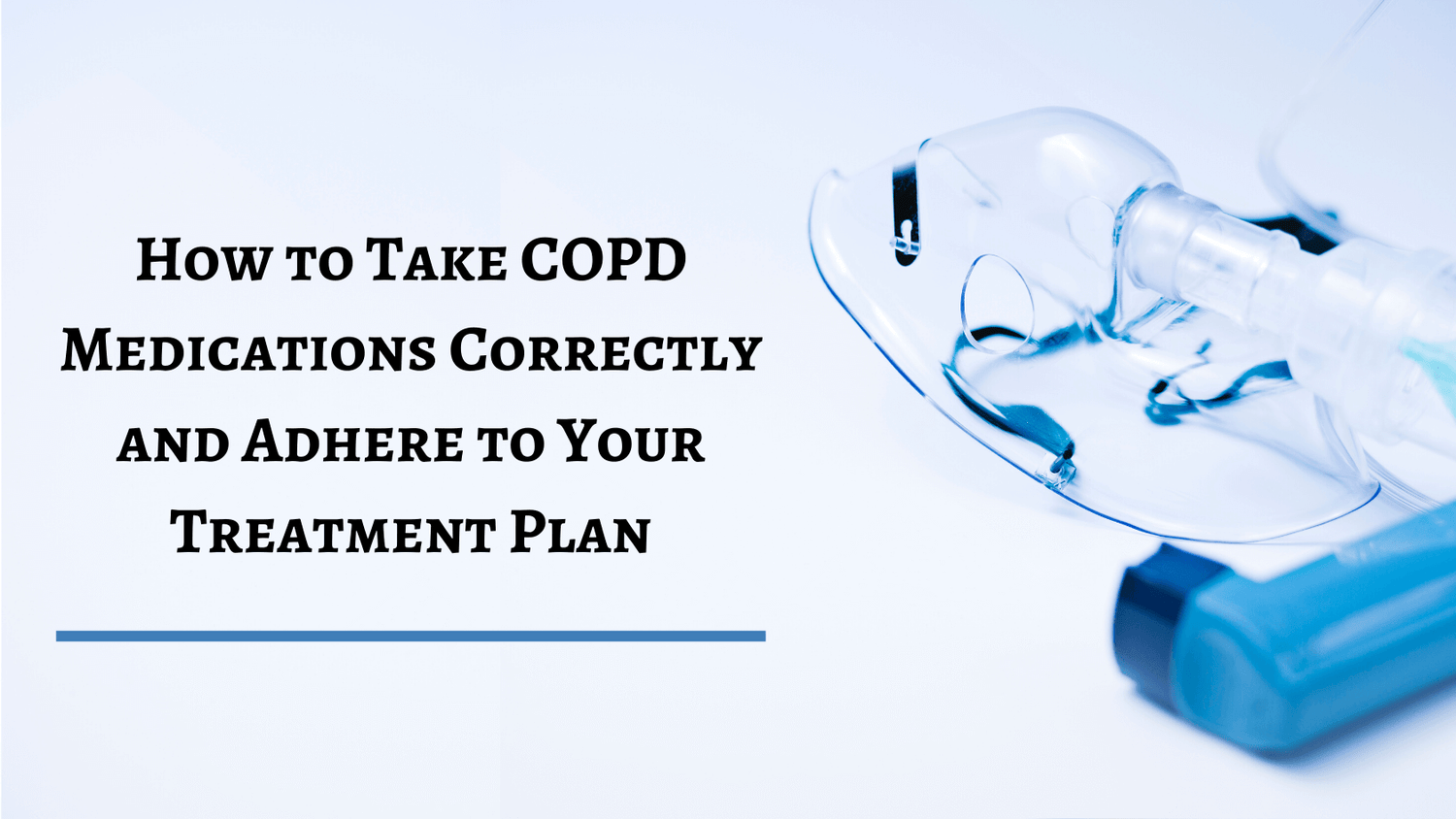Respiratory Resource Center - LPT Medical
How to Take COPD Medications Correctly & Adhere to Your Treatment Plan
If you have COPD, your number one responsibility...
Read MoreHow Your COPD Inhaler Helps You Manage Your Symptoms & Control Your Disease
Inhaled medications form the backbone of COPD treatment,...
Read MoreWhen COPD is Invisible: How to Get the Help and Support You Need
COPD is serious, chronic, and life-threatening disease, but...
Read More


